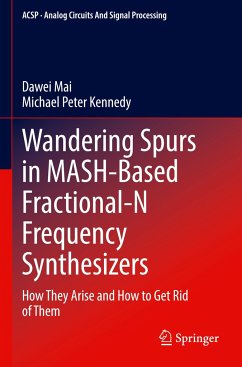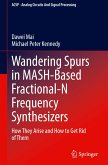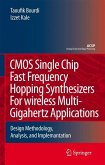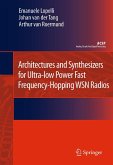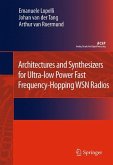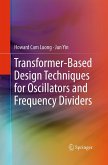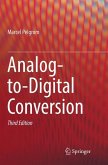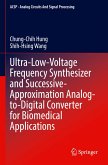Few people know what wandering spurs are; fewer still know how to get rid of them. This book, which is written by those who raised awareness of wandering spurs, explained how they arise, and invented ways to get rid of them, contains valuable insights, analytical techniques and examples that will enable the reader to become an expert in the area. The book is aimed at circuit design professionals who need to ensure that their designs are not compromised by wandering spurs. In addition to insights, theory, and analysis, it contains practical circuit solutions, the performance of which are characterized experimentally.
This book explains-using simulation, analysis, and experimental measurements-what wandering spurs are, how they arise, how to characterize them and, most importantly, how to get rid of them. The authors present not only theoretical analysis and simulation strategies, but also provide an overview of spectral analysis techniques for studying the phenomenon and convincing experimental results from both commercially available and custom-designed monolithic synthesizers.
Explains what wandering spurs are and how they differ qualitatively from the well-known fixed spurs that plague fractional-N frequency synthesizers;Provides analytical and simulation methods to study wandering spurs and original analysis of the cause of this recently reported spectral phenomenon;Presents and analyses theoretical designs based on a conventional MASH 1-1-1 to mitigate wandering spurs;Describes measured performance for the discussed designs, confirming their effectiveness in mitigating wandering spurs.
This book explains-using simulation, analysis, and experimental measurements-what wandering spurs are, how they arise, how to characterize them and, most importantly, how to get rid of them. The authors present not only theoretical analysis and simulation strategies, but also provide an overview of spectral analysis techniques for studying the phenomenon and convincing experimental results from both commercially available and custom-designed monolithic synthesizers.
Explains what wandering spurs are and how they differ qualitatively from the well-known fixed spurs that plague fractional-N frequency synthesizers;Provides analytical and simulation methods to study wandering spurs and original analysis of the cause of this recently reported spectral phenomenon;Presents and analyses theoretical designs based on a conventional MASH 1-1-1 to mitigate wandering spurs;Describes measured performance for the discussed designs, confirming their effectiveness in mitigating wandering spurs.

